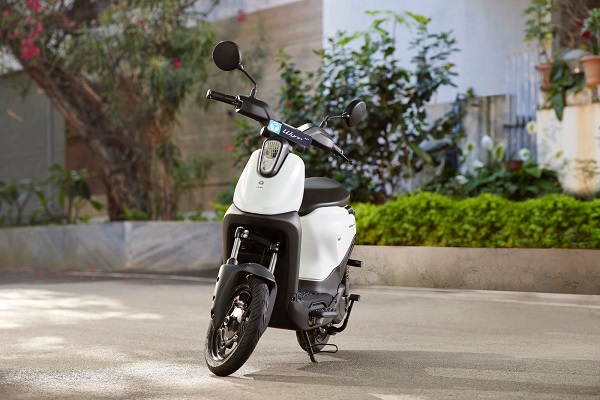Are autonomous vehicles really smart? Check how a simple trick can fool them


Autonomous vehicles represent a revolutionary leap in transportation technology, promising safer roads, more efficient travel, and greater accessibility. However, as with any emerging technology, they face a range of challenges, particularly in navigating the complexities of real-world driving scenarios. One such challenge involves encountering unexpected situations, often referred to as "edge cases," which can test the capabilities and decision-making processes of autonomous systems.
In the realm of autonomous vehicles, developers often grapple with what are known as "edge cases" – those unusual, unpredictable scenarios that can confound even the most advanced driving algorithms. Recently, Waymo, a prominent player in the autonomous vehicle industry, encountered an intriguing example of such a scenario, courtesy of Jason B Carr, an eBike enthusiast and content creator based in Arizona.
Also check these Bikes
Carr stumbled upon a clever way to manipulate Waymo's autonomous test vehicles: by donning a simple t-shirt adorned with a stop sign graphic. This low-tech trick proved surprisingly effective in halting the progress of Waymo's Jaguar I-Pace vehicles during testing. Carr documented his experiments in a video, showcasing how the autonomous vehicle would come to a halt upon encountering his makeshift stop sign.
Initially, there was speculation among viewers that the vehicle's response might have been due to mistaking Carr for a pedestrian stepping into traffic rather than recognizing the stop sign. To test this hypothesis, Carr repeated the experiment from the safety of the sidewalk, still yielding the same result – the autonomous vehicle stopped in response to his signal.
Further testing, including nighttime trials, revealed nuances in the vehicle's behaviour. While the I-Pace sometimes stopped upon detecting Carr's stop sign t-shirt in the dark, it wasn't consistently responsive. This inconsistency could be attributed to the t-shirt's lower visibility compared to a genuine stop sign, raising questions about the vehicle's ability to distinguish between real and simulated signals.
Also Read : Robotaxi mishap: Unexpected visitor at construction site. Check details
Despite the humorous undertones of Carr's experiments, they underscore a critical aspect of autonomous vehicle development: the challenge of addressing edge cases. These unexpected scenarios, whether prompted by creative interventions or occurring organically, highlight the complexities involved in designing AI systems capable of navigating the myriad situations encountered on the road. While Waymo has yet to comment on Carr's findings, his experiments serve as a poignant reminder of the ongoing quest to refine autonomous technology and enhance its adaptability to real-world conditions.








 120 km
120 km
 3.7 kWh
3.7 kWh















